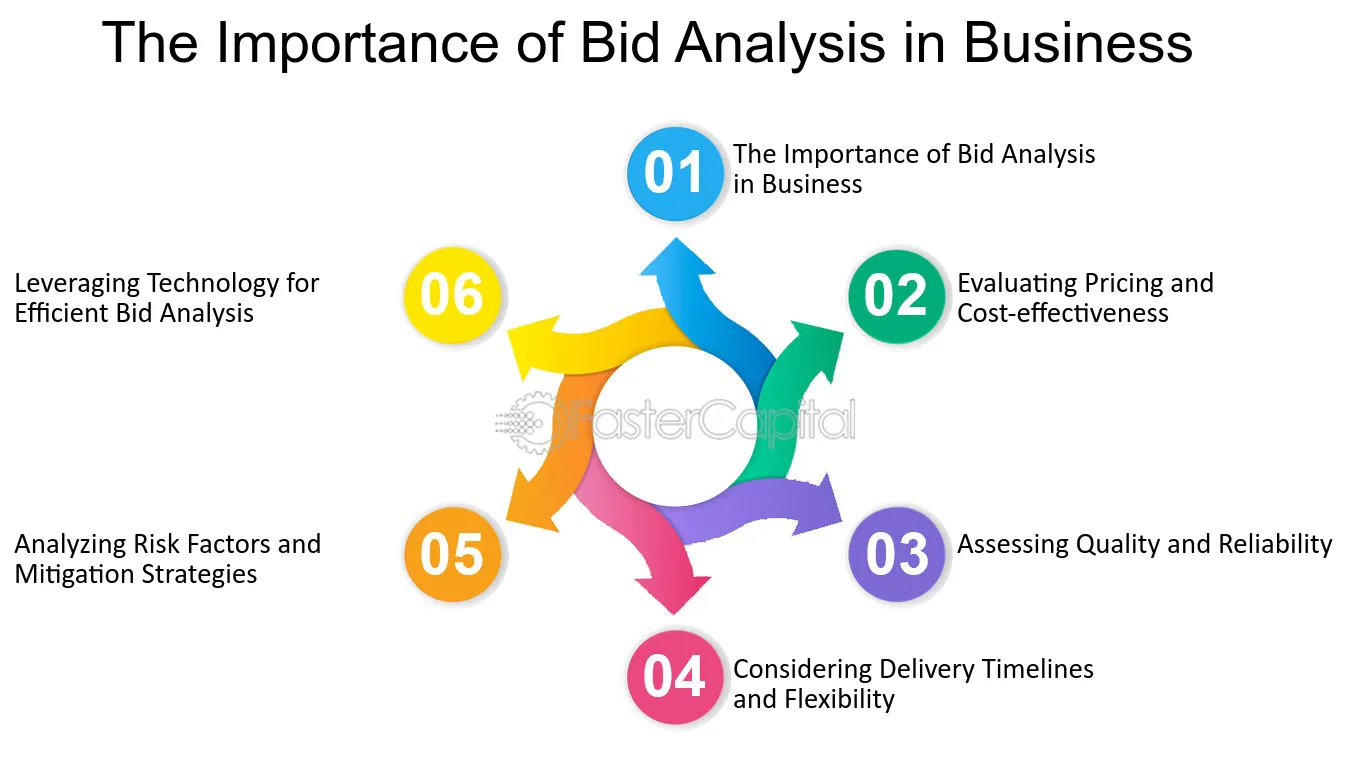Accurate plumbing estimates are essential for successful projects. Errors can lead to lost profits, unhappy clients, or missed deadlines. Knowing the common mistakes in plumbing estimating can save time and money.
In this guide, we’ll cover the top errors and how to avoid them.
1. Ignoring Detailed Plans
Many estimators overlook detailed project plans. Without fully understanding the scope, errors creep in. This mistake leads to underestimated costs and unexpected changes during construction.
How to Avoid:
Carefully study blueprints, layouts, and plumbing schematics. Discuss unclear details with architects or contractors. Understanding the project fully ensures precise estimates.
2. Misjudging Material Costs
Material costs can fluctuate due to market trends. If you use outdated prices, your estimate may be inaccurate. This could result in higher expenses than anticipated.
How to Avoid:
Update your material cost database regularly. Use reliable suppliers and industry-standard plumbing estimating software. Accurate material pricing will improve your cost projections.
3. Failing to Account for Labor Hours
Labor is a significant part of plumbing costs. Underestimating hours required can quickly eat into profits.
How to Avoid:
Track labor productivity and time required for similar tasks. Consult experienced plumbers to estimate realistic work hours. This ensures your estimate covers actual labor needs.
4. Overlooking Permit Fees
Plumbing projects often require permits, especially in commercial or residential construction. Missing these fees in your estimate can lead to underpricing.
How to Avoid:
Research local regulations and permit requirements for the project. Include these costs in your estimate upfront.
5. Not Including Contingency Costs
Unexpected issues, such as hidden pipe damage or supply chain delays, can disrupt budgets. Skipping contingency costs is a common error.
How to Avoid:
Add a contingency buffer, typically 5-10% of the total cost. This protects you from unforeseen expenses.
6. Inadequate Plumbing Takeoffs
An inaccurate takeoff leads to missed materials or over-ordering. Both scenarios waste time and money.
How to Avoid:
Use professional takeoff tools or services. They provide accurate lists of materials, fittings, and fixtures needed. Regularly review your takeoff processes to ensure consistency.
7. Underestimating Project Complexity
Some projects, especially in commercial construction, have unique challenges. Overlooking these can lead to underpricing or delays.
How to Avoid:
Identify potential risks and challenges during the initial assessment. For example, in a complex commercial construction estimation, consider special piping systems, pressure tests, or custom installations. Plan for these in your estimate.
8. Neglecting Overhead Costs
Overheads, such as equipment, transportation, or office expenses, are sometimes left out. This results in lower profitability.
How to Avoid:
Include all overhead costs in your estimate. Break down expenses into categories like tools, transportation, and administrative costs.
9. Overreliance on Historical Data
Using past project data can save time, but it may not always be accurate. Every project is different, and relying solely on old numbers can cause issues.
How to Avoid:
While historical data is helpful, adjust it based on the current project’s unique needs. Consider market conditions, location, and specific client requirements.
10. Skipping Final Review
A rushed estimate often contains errors. Simple mistakes, such as forgetting to include a critical material, can derail the budget.
How to Avoid:
Always double-check your estimates. Use plumbing estimating checklists to ensure no details are missed. Peer reviews can also help identify errors.
Keywords in Context
Plumbing estimators often work alongside professionals in related fields. For example, during a drywall estimating phase, proper coordination ensures plumbing runs align with wall structures. Similarly, in lumber estimating, choosing the right framing supports for plumbing installations matters. Whether you’re focused on residential construction estimating or large-scale construction cost estimating, accurate plumbing estimates are crucial for success.
Bonus Tips for Better Plumbing Estimates
1. Invest in Estimating Software
Modern plumbing estimating software simplifies calculations and reduces errors. It also saves time. Look for features like real-time cost updates, material tracking, and reporting tools.
2. Train Your Team
Ensure your team understands estimating best practices. Regular training helps them spot potential mistakes and handle complex projects effectively.
3. Communicate with Stakeholders
Stay in touch with suppliers, contractors, and clients. Open communication ensures you stay updated on project changes or material price shifts.
4. Stay Updated on Industry Trends
Follow market trends, local regulations, and new plumbing technologies. Staying informed helps you adapt your estimates to current conditions.
Conclusion
Accurate plumbing estimates are the backbone of a successful project. Avoiding common mistakes ensures your business remains profitable and clients stay satisfied. By following the tips shared here, you can improve your estimates and handle projects confidently.
Whether it’s a small residential job or a large commercial construction estimation, planning and precision make all the difference. Focus on understanding project details, updating costs, and using the right tools to ensure success.
